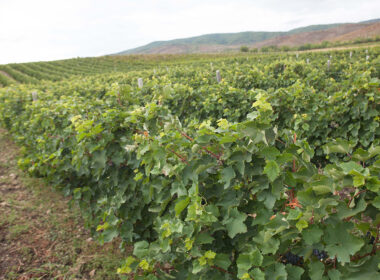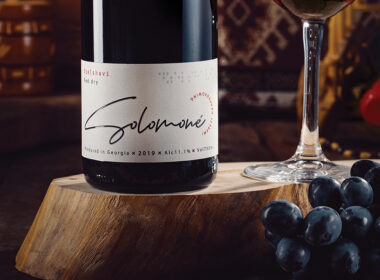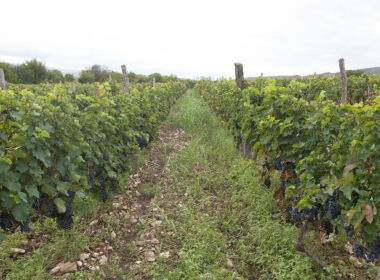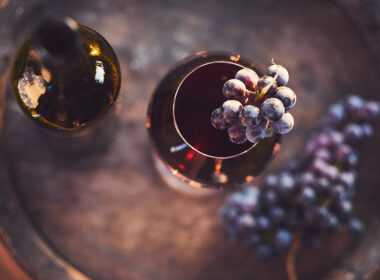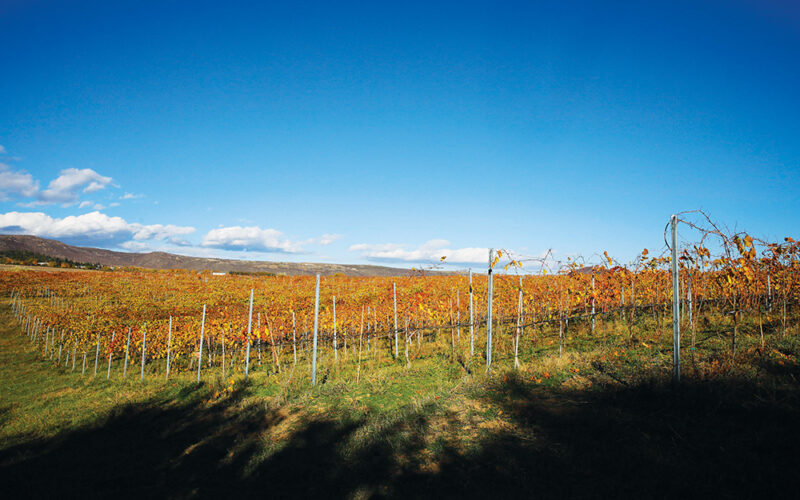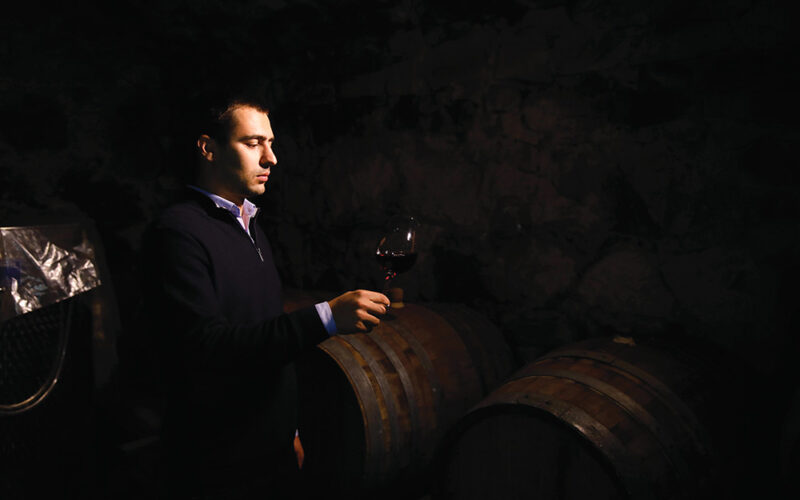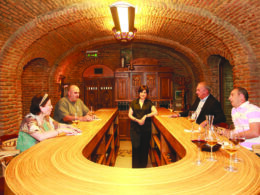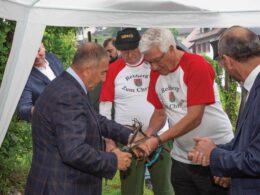The marvelous colors of Autumn seem brighter in of Shalos Marani vineyards, grown in Bolnisi and Rachisubani. The cellar where Tornike makes his wine is more than two centuries old. Built in 1817, the Germans used it to make their wine back in the day (the traces of German settlers can still be found in Bolnisi today), but for the past 80 years, it is used by the Sherazadishvili family. Tornike, a young wine enthusiast, is the fourth generation in the family. He says, that his ancestors used to make wine even before moving to Bolnisi.
Bolnisi is one of the oldest centers of Georgian winemaking. This promising region is in the limelight due to the wide range of interesting styles and flavors of wines produced here. In a short time, Bolnisi was established and registered as a Protected Designation of Origin, recognized as a terroir, and offers very interesting wines today. We can distinguish the terroir in these wines, which once again indicates that we are dealing with one of the interesting winemaking regions of Georgia.
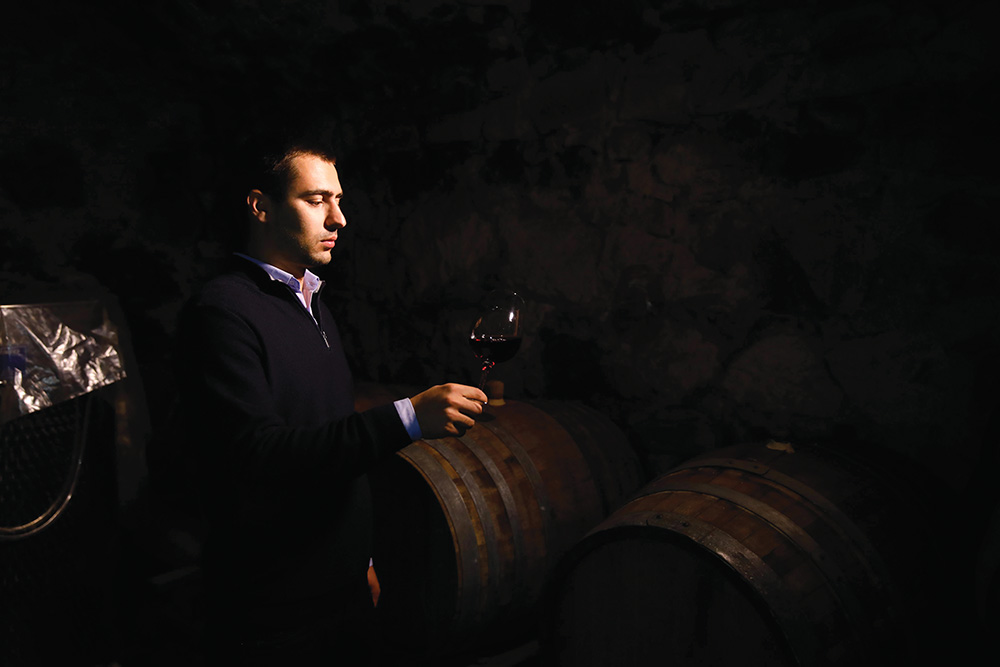
Local wines differ from wines produced in other regions by taste and style. For instance, aromatic profiles of Kakhetian varieties – including Rkatsiteli – are more intense here. They also taste different, making them very interesting. You can also find varieties from Racha (Aleksandrouli, Mujuretuli) and Kartli (Chinuri, Tavkveri). Wines produced here from these varieties have a milder taste and milder tannins. As a result, Bolnisi wines are appropriate for any season. Locals prefer to make natural wines. We can categorize some of the wines produced by several wineries as elegant. These wineries always keep their quality up, choosing the philosophy of “less involvement.” These wines are highly demanded in international markets.
Bolnisi – a region with the ancient tradition of winemaking that withstood time, reached the present and is making history. This story is about local viticulturists and winemakers that kept their connection with wine, built vineyards, took care of wine cellars, revived forgotten grape varieties, made interesting wines from leading Georgian varieties, and are working very hard to introduce Bolnisi wine to the local and foreign wine lovers and connoisseurs. The number of local wineries, as well as their wine quality, has been increasing over the past number of years. These wines have already reached Europe, America, Asia, and Australia.
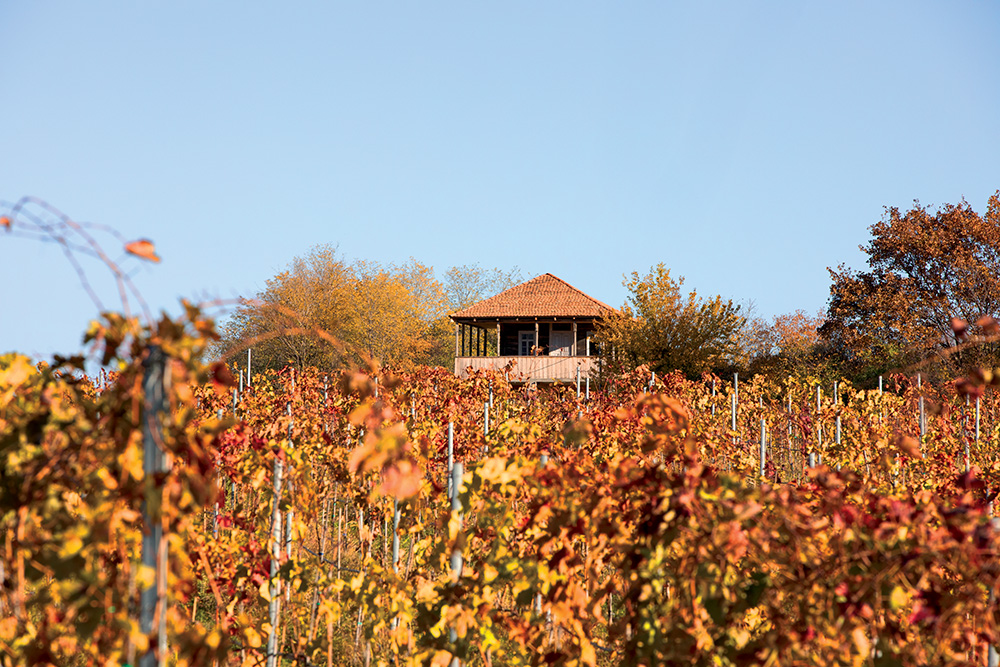
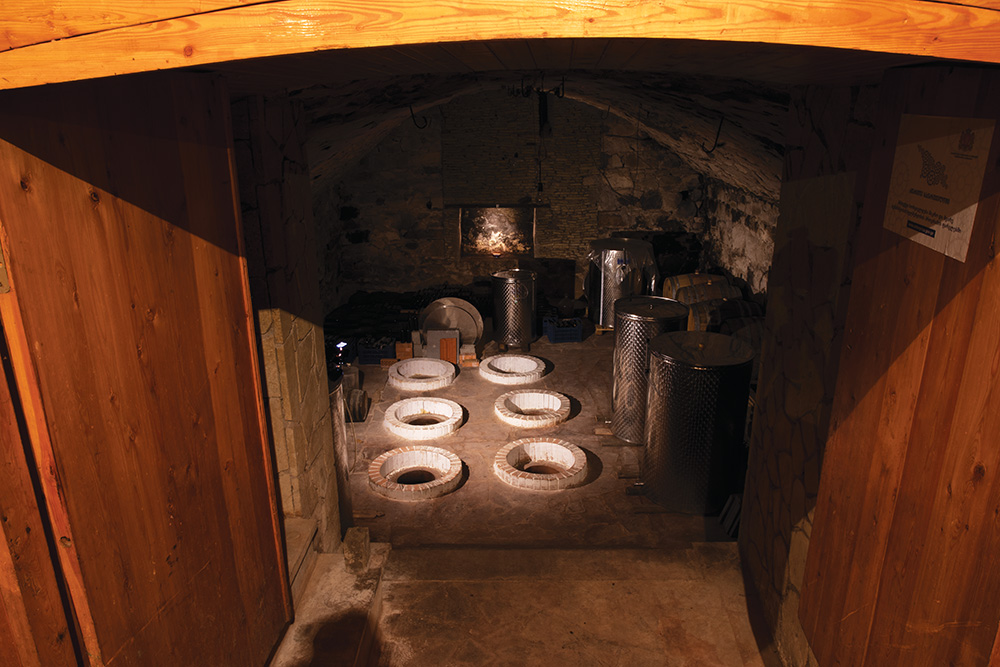
Shalos Marani is one of those wineries. Tornike has two vineyards, one of which was built in the 80s of the past century in Bolnisi, and the second one is in Rachisubani, which he built himself in 2019. The first vineyard is 35 years old and is populated by Rkatsiteli (90%), and Rachian varieties – Aleksandrouli and Mujuretuli (10%).
“My family is originally from Racha, so my ancestors brought Rachian varieties when they relocated to Bolnisi. These two varieties that I use to make a dry wine, reveal very interesting aromas and special taste characteristics. I remember this vineyard from my childhood: that’s when my interest in winemaking sparked. The second one, which I built a couple of years ago in Rachisubani, is populated with varieties such as Shavkapito, Saperavi, Tavkveri, Kisi, Goruli Mtsvane, and Chinuri. The total area of both these vineyards is 5 hectares.”
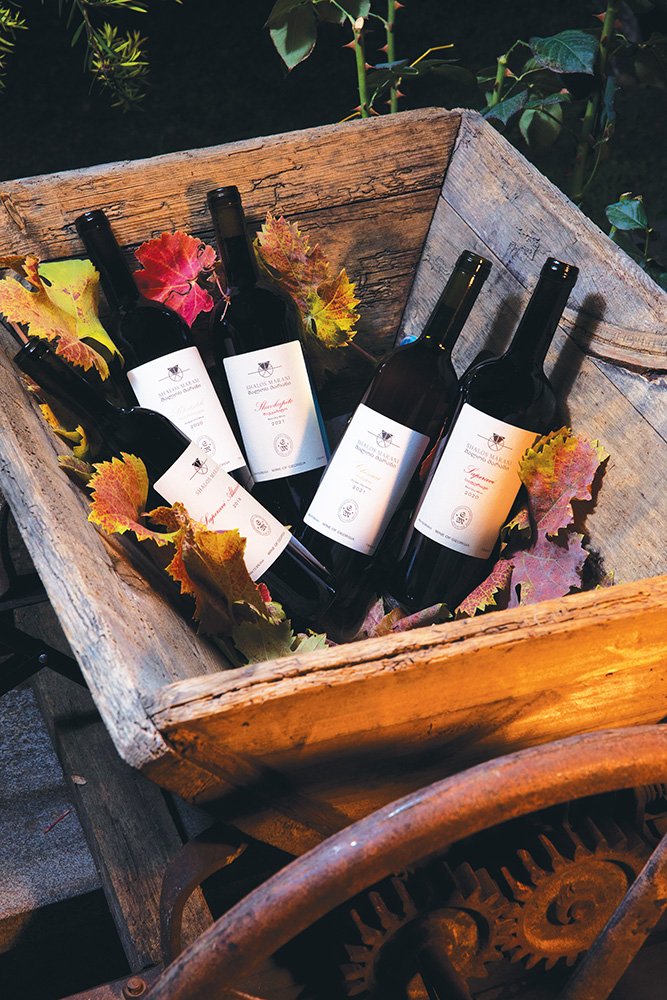
Mariam Khomasuridze | CEO of Georgian Wine Guild, professor at GTU, oenologist: „Local vineyards are mainly grown on meadow-brown, meadow alluvial, and alluvial soils. These soils are an excellent resource for viticulture development. Grape varieties in the Bolnisi region are selected and grown according to terroir characteristics. Thus, soil properties are one of the leading factors in producing “Bolnisi” wine. Nevertheless, soils are not the only determinant of grape content and the character of the wine. Human factors and the peculiarity of terroir determine the grape content and subsequent character of the wine and its sensory attributes. What we mean by “human factor” is the practice of viticulture and technical operations used in making the wine. As for terroir – it encompasses soil content, climate (microclimate), flora (microflora), and other natural conditions. The registration of “Bolnisi” wine as PDO proves the uniqueness of all these factors.
Bolnisi region cultivates indigenous grape varieties: Rkatsiteli, Asuretuli Shavi, Chinuri, Tavkveri, Goruli Mtsvane, Shavkapito, Saperavi, and Saperavi Budeshuriseburi. Today, Rkatsiteli is mainly associated with the viticulture region of Kakheti. However, according to various literary sources (including “History of Georgian Nation” by I. Javakhishvili), Rkatsiteli variety was widespread and high-yielding in Kartli. Terroir greatly influences the varietal characteristics of the grape. Organoleptic characteristics of wine depend on the terroir the grape was cultivated on. For this reason, Bolnisi wines are a true discovery for wine lovers.
“Shalos Marani” Rkatsiteli is one of these discoveries. This dry white wine is characterized by lime tree, tropical fruit, and honey aromas and it can be paired with an array of dishes. One of the distinct reds is the coupage of Aleksandrouli and Saperavi, which is characterized by rich berry and ripe fruit aromas. It is best with red meat.

Tornike has been working in winemaking for five years now. All of his wines, from vineyard to bottling are made with his involvement. Currently, Shalos Marani has four wines on the market: Rkatsiteli, Saperavi, the coupage of Aleksandrouli-Mujuretuli, and the coupage of Saperavi-Tavkveri. The addition of vineyards in Rachisubani will enable Tornike to grow his selection to up to eight wines.
“I used to make wine in large oak casks before, which are a part of traditions the Germans left in these places. However, ever since I built new vineyards and added qvevri to my two-century-old cellar, I started to make wine using traditional methods as well. I mainly make white varieties in qvevri, while reds are first fermented in oak casks and later transferred to stainless casks. They continue aging in oaks casks after.”
Tornike only uses bio-solutions in his vineyards. For over four years, he takes care of it, from harvest to harvest. He plans to build new vineyards and add new qvevri in the future. His wines are exported to Singapore and Germany, but Tornike’s plans include America and Japan.

